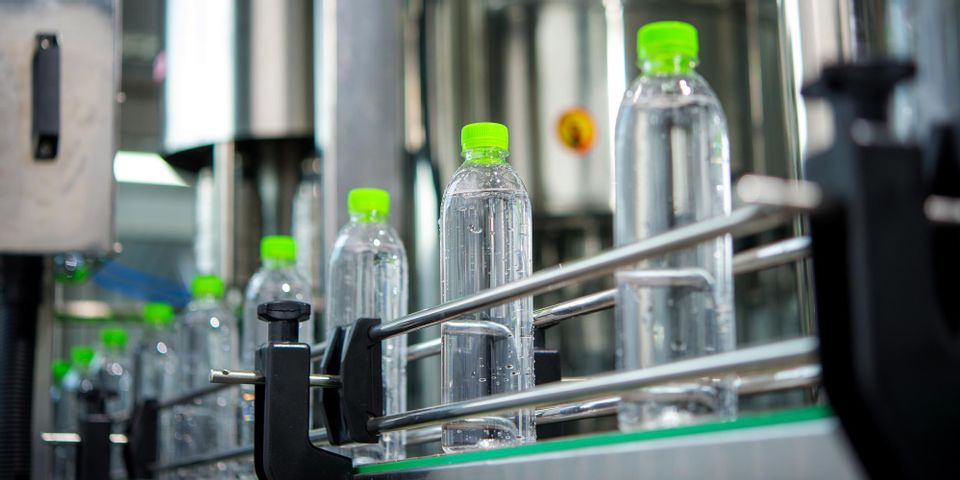
Thermoforming is the process that converts plastic into containers and packages. Many manufacturers rely on this process, as everything from drinking bottles to toy packaging undergoes the molding method. Here are a few commonly asked questions to help you learn more about this essential task.
What to Know About Thermoforming
What does the process entail?
Plastic is heated to a high temperature so that it can be reshaped. Then, it’s placed over a sheet and pressed into a mold. The material hardens as it cools, helping it retain its new shape.
How was it developed?
The concept was originally used by the Romans, who would heat turtle shells, so they could be used to make film, tennis balls, and combs. The process was refined during WWII, when plastic was leveraged to create weaponry.
How does thermoforming support manufacturing?
 This process can be used to make a large volume of plastic items quickly, so manufacturers can produce at scale. It’s also a financially savvy option, as the products cost little to produce. The molds can also be customizable, so manufacturers can paint or design them to fit their unique packaging needs.
This process can be used to make a large volume of plastic items quickly, so manufacturers can produce at scale. It’s also a financially savvy option, as the products cost little to produce. The molds can also be customizable, so manufacturers can paint or design them to fit their unique packaging needs.
Which materials can be used?
Several types of plastics work well for thermoforming. Polyethylene terephthalate is commonly used to make bottles, and high-density polyethylene can be heated and molded to form plastic bags. Polystyrene is shaped to produce disposable cutlery and clamshell containers for toys.
If your business needs plastic containers, bottles, toys, or bags, turn to Faro Industries in Rochester, NY. These professionals can perform thermoforming to create a variety of plastic products, and they offer quick turnaround times for high-, mid-, and low-volume orders. Their knowledgeable team will even help you determine which material works best for your needs. To get more information about their services, visit the website or call (585) 647-6000.
About the Business
Have a question? Ask the experts!
Send your question

